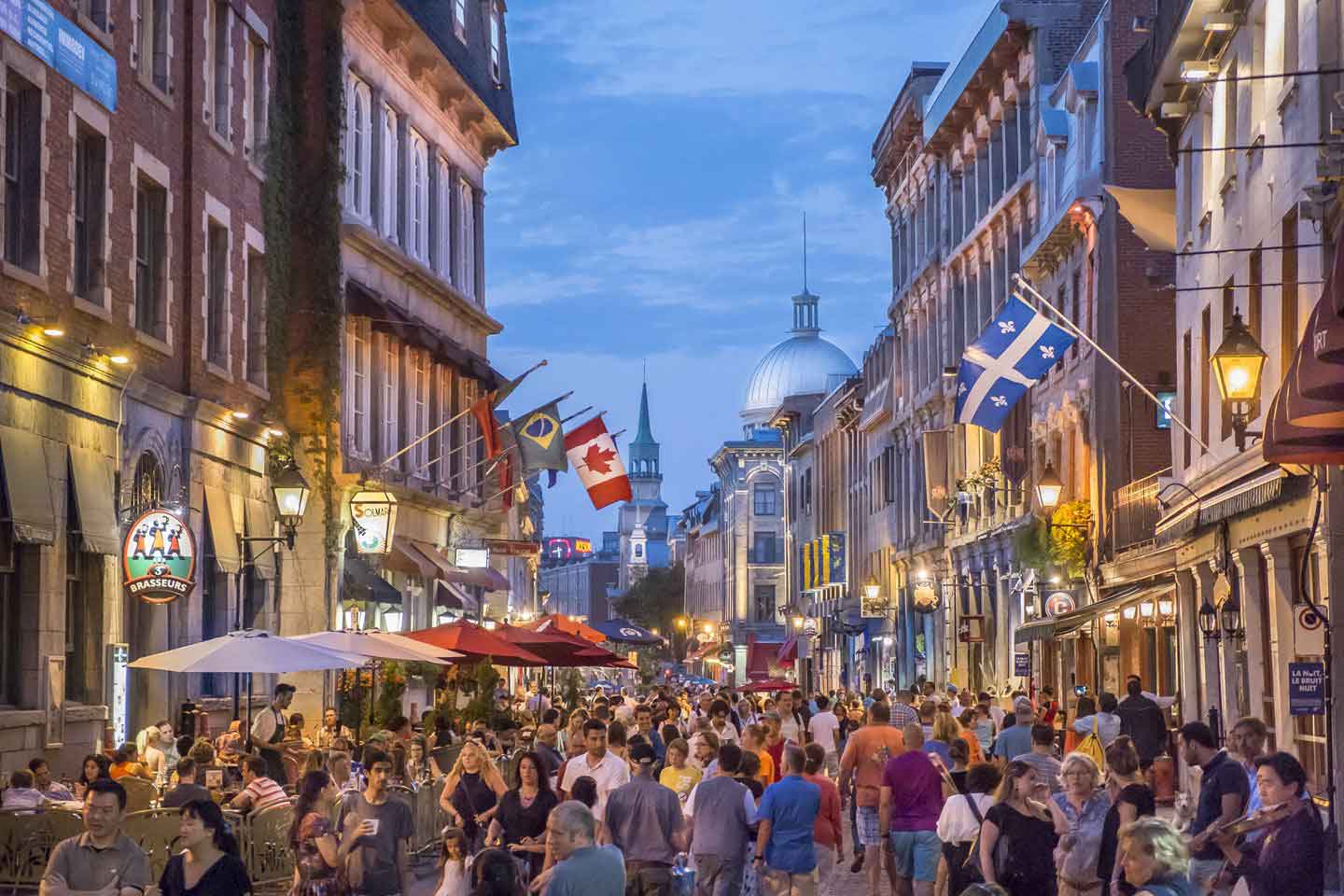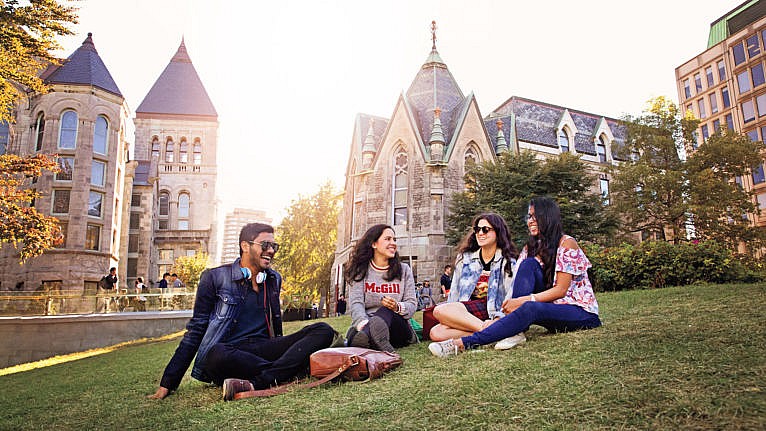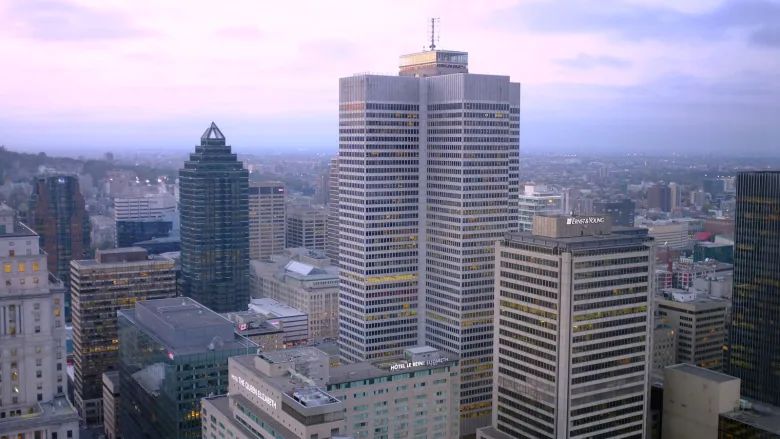Popular Neighborhoods
- Houses for sale in Montreal-West
- Houses for sale in Côte-Saint-Luc
- Houses for sale in Dollard-Des Ormeaux
- Houses for sale in Pointe-Claire
- Houses for Sale in Montreal-East
- Houses For Sale in Hampstead
- Houses For Sale in Senneville
- Houses For Sale in Sainte-Anne-de-Bellevue
- Houses For Sale in Baie-D’Urfé
- Houses For Sale in Beaconsfield
- Houses For Sale in Kirkland
- Houses For Sale in Dorval
- Houses For Sale in West Island
- Houses For Sale in Rivière-des-Prairies–Pointe-aux-Trembles
- Houses For Sale in Pierrefonds-Roxboro
- Houses For Sale in Outremont
- Houses For Sale in Notre Dame De Grace (NDG)
- Houses For Sale in Montreal Nord
- Houses For Sale in Mercier-Hochelaga-Maisonneuve
- Houses For Sale in L’Ile-Bizard–Sainte-Geneviève
- Houses For Sale in Sud-Ouest
- Houses For Sale in Plateau-Mont-Royal
- Houses For Sale in LaSalle
- Houses For Sale in Lachine
- Houses For Sale in Anjou
- Houses For Sale in Westmount
- Houses For Sale in Villeray-Saint-Michel-Parc-Extension
- Houses For Sale in Ville-Marie
- Houses For Sale in Verdun
- Houses For Sale in Rosemont-La Petite-Patrie
- Houses For Sale in Saint Laurent
- Houses For Sale in Saint Leonard
- Houses For Sale in Ahuntsic-Cartierville
Ville-Marie
The borough of Ville-Marie is located in the center of Montreal, Quebec. The borough is named after Fort Ville-Marie, a French settlement that was located inside the present-day borough and ultimately became Montreal (now Old Montreal). Old Montreal is a Canadian National Historic Site.
The Ville-Marie borough enjoys a prime position in the center of Montreal, positioned between the Saint Lawrence River and Mount Royal, and is accompanied by wealthy boroughs such as Westmount, Outremont, and Côte-des-Neiges-Notre-Dame-de-Grâce. As a result, it has become one of Quebec’s most desirable places to live.
The borough includes all of downtown Montreal, including the Centre-Sud district, Quartier des spectacles, Old Montreal and the Old Port, Saint Helen’s Island, Île Notre-Dame and the majority of Mount Royal Park.
It has an estimated population of 89,170 people in 2016 and a land area of 16.5 square kilometers (6.4 sq mi).
The city’s downtown, Old Montreal’s historical district, Le Quartier Chinois, the Gay Village, the Latin Quarter, the recently redeveloped Quartier international, Cité Multimédia, and the Quartier des Spectacles are all located in Ville-Marie. The upscale Golden Square Mile and Îlot-Trafalgar-Gleneagles at the base of Mount Royal, as well as the Shaughnessy Village/Quartier Concordia neighborhood, which is where thousands of students from Concordia University live, are other areas of importance in the municipality. Mount Royal Park, Cité du Havre, Saint Helen’s Island, and Île Notre-Dame are also all part of the borough.
Ville-Marie is home to several of Montreal’s most well-known attractions. The majority of the city’s office skyscrapers are located here, including the 1250 René-Lévesque, 1000 de La Gauchetière, Tour de la Bourse, Maison Radio-Canada, Place Ville-Marie, Sun Life Building, and many others.
Three of Montreal’s four universities, UQAM, McGill, and Concordia are in Ville-Marie. The Grande Bibliothèque du Québec, Place des Arts, the Montreal Museum of Fine Arts, the Quartier des spectacles, Musée Grévin Montreal, the Pointe-à-Callière Museum, the Montreal Science Centre and a number of other notable venues make up the city’s cultural foundation.
The Bell Centre, which houses the Montreal Canadiens, the Percival Molson Stadium, which houses the Montreal Alouettes, and the Circuit Gilles Villeneuve on Île Notre-Dame, which hosts the Canadian Grand Prix, are all sports complexes in Ville-Marie.
The Centre hospitalier de l’Université de Montréal (CHUM) megahospital, which opened in 2017, as well as the Montreal General Hospital and Hôpital Notre-Dame, are among the hospitals in the area.
Mount Royal and its park, Parc Jean-Drapeau, Dorchester Square and Place du Canada, and the Old Port are also popular parks and recreation sites in this area.
Because Ville-Marie is home to Montreal’s primary business sector, many corporations put their headquarters or large regional offices there.

Source: Barnes Quebec

Source: Projet Montreal
Reasons to Live in Ville-Marie
- Historical and culturally significant
Ville-Marie is one of Montréal’s most important and active boroughs, with a rich history dating back to 1642. Its nine neighborhoods are a beautiful combination of old and new, with culture, history, shopping, high rises, and green areas.
Ville-Marie is a neighborhood in Montréal that brings together some of the city’s most historic areas. It’s located between Old Montréal and downtown, and its home to both old and new cultural icons, like the traditional Notre-Dame Basilica and modern high buildings.
Griffintown, where old warehouses have been turned into fashionable art galleries, boutiques, and cafés, is just a short walk away.
- A Popular Student Area
Ville-Marie welcomes students from all over the world since it is home to several leading educational institutions. Thousands of international students attend the campuses of the Université du Québec à Montréal (UQAM), the École de technologie supérieure (ÉTS), Concordia and McGill.
- The Center of The City
Are you looking for a place to call home in Montreal? Ville-Marie, in the heart of the city. Ville-Marie has a special charm to its lively manner and unique architecture. Malls, towers with office space and luxury apartments, old historical buildings with renowned apartments, individual homes and houses, beautiful churches, restaurants, and cafés can all be found here. Ville-Marie is Montreal’s business and cultural center.
From premium condos on the Lachine Canal to grand Victorian homes, Ville-Marie has property to suit every lifestyle, taste, and budget. Homes are selling at the Greater Montréal average, making the real estate market accessible. Apartments are plentiful in the region, with the bulk of renters paying roughly $1,000 per month.
Here are some recent statistics regarding the Ville-Marie Real Estate Market (Centris)
| Single Family Home | $1,370,000 (up 39% in the last 4 quarters) |
| Condo | $454,000 (up 3% in the last 4 quarters) |
| Plex (2 to 5 units) | $825,000 (down -4% in the last 4 quarters) |

Source: Wikipedia

Source: Macleans.ca
Education
Ville-Marie has a great reputation when it comes to education. Many different schools and universities are here and students love it. Collège Ville-Marie – École Secondaire Privée, Ecole Montessori Ville-Marie and Villa Maria are among a few of the popular schools in Ville-Marie.
Ville-Marie is also home to three of Montreal’s four universities: UQAM, McGill, and Concordia.
McLennan Library, Bibliothèque Saint-Sulpice, Bibliothèque Père-Ambroise and Osler Library of the History of Medicine are just a few among the many Libraries that can be found in Ville-Marie.
Ville-Marie Quick Demographics
Age, income & marital status
According to Centris, the average age by population group in Ville-Marie is 40 years old. The average household income in Verdun is about $71,288.
Couples with no children at home make up 57% of the population, while couples with children make up about 26%. 17% are single parent families.
Language
- French 54%
- English 26%
- Others languages 20%

Source: CBC